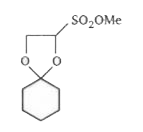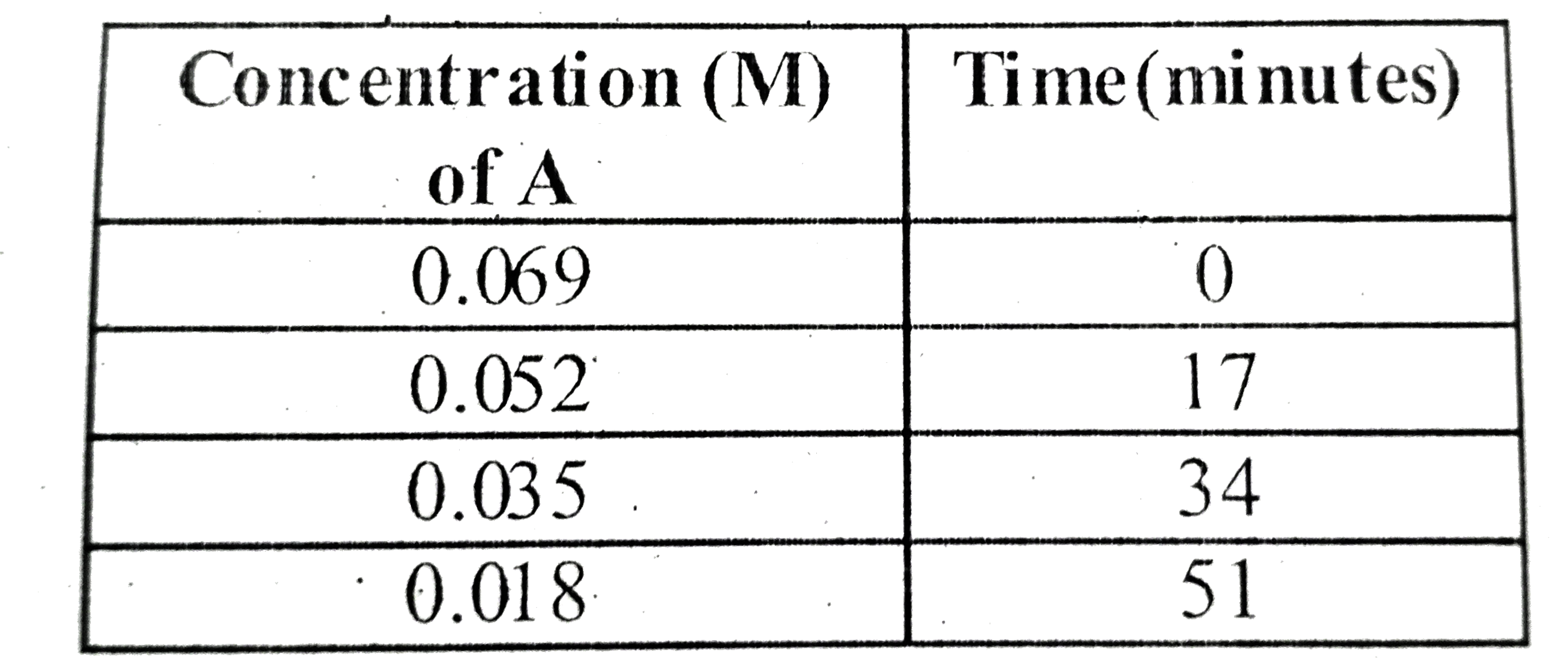Form the data given below for the reaction:A→B→ Products
the rate law expression is:
Rate=k[A][B]
Rate=k[A][B]2
Rate=k[A]2[B]2
Rate=k[A]2[B]
The correct Answer is:D
To derive the rate law expression for the reaction A→B→Products, we will follow these steps:
1. Identify the Reaction Components:
- The reaction involves two reactants: A and B.
- It proceeds through an intermediate B before forming the final products.
2. Understand the Rate Law:
- The rate law expresses the rate of a reaction as a function of the concentration of its reactants.
- The general form of the rate law for a reaction involving reactants A and B can be written as:
Rate=k(A)m(B)n
where k is the rate constant, and m and n are the orders of the reaction with respect to A and B, respectively.
3. Determine the Orders of the Reaction:
- If the stoichiometry of the reaction is not given, we typically assume that the order with respect to each reactant is 1 unless specified otherwise.
- Therefore, we can assume:
m=1andn=1
4. Write the Rate Law Expression:
- Substituting the assumed values into the general rate law expression, we get:
Rate=k(A)1(B)1
- This simplifies to:
Rate=k(A)(B)
5. Conclusion:
- The rate law expression for the reaction A→B→Products is:
Rate=k(A)(B)
- The reaction involves two reactants: A and B.
- It proceeds through an intermediate B before forming the final products.
- The rate law expresses the rate of a reaction as a function of the concentration of its reactants.
- The general form of the rate law for a reaction involving reactants A and B can be written as:
Rate=k(A)m(B)n
where k is the rate constant, and m and n are the orders of the reaction with respect to A and B, respectively.
- If the stoichiometry of the reaction is not given, we typically assume that the order with respect to each reactant is 1 unless specified otherwise.
- Therefore, we can assume:
m=1andn=1
- Substituting the assumed values into the general rate law expression, we get:
Rate=k(A)1(B)1
- This simplifies to:
Rate=k(A)(B)
- The rate law expression for the reaction A→B→Products is:
Rate=k(A)(B)
Similar Questions
Knowledge Check
Product (B) of the given reaction is :
 A
A B
B C
C D
D
Write the rate law expression for the reaction A+B+C→D+E, if the order of reaction is first second and zero with respect to A, B and C, respectively.
View SolutionFor a reaction A+2B→2C, the kinetic data is given below:

Determine the order of the reaction and write the rate law.
View SolutionFor a hypothetical reaction, A+B+C→ Products, the rate law is determined to be rate =k[A][B]2. If the concentration of B is doubled without changing the concentration of A and C, the reaction rate:
View SolutionThe rate law for the reaction below is given by the expresssion K[A][B].
A+B→ product
If the concentration of B is increased from 0.1 to 0.3 mole, keeping the value of A at 0.1, mole the rate constant will be :
View SolutionA study of chemical kinetics of the reaction A+B→ products, gave the following data at 25∘C:

Find : (1) The order of reaction with respect to A. (2) The order of reaction with respect to B. (3) The rate law.
View SolutionThe concentrations of the reactant A in the reaction A →B at different times are given below:

The rate constant of the reaction according to the correct order of reaction is :
View SolutionThe following rate data were obtained at 303 K for the following reaction :
2A+B→C+D

What is the rate law? What is the order with respect to each reactant and the overall order? What are the units of rate constant?
View Solution
